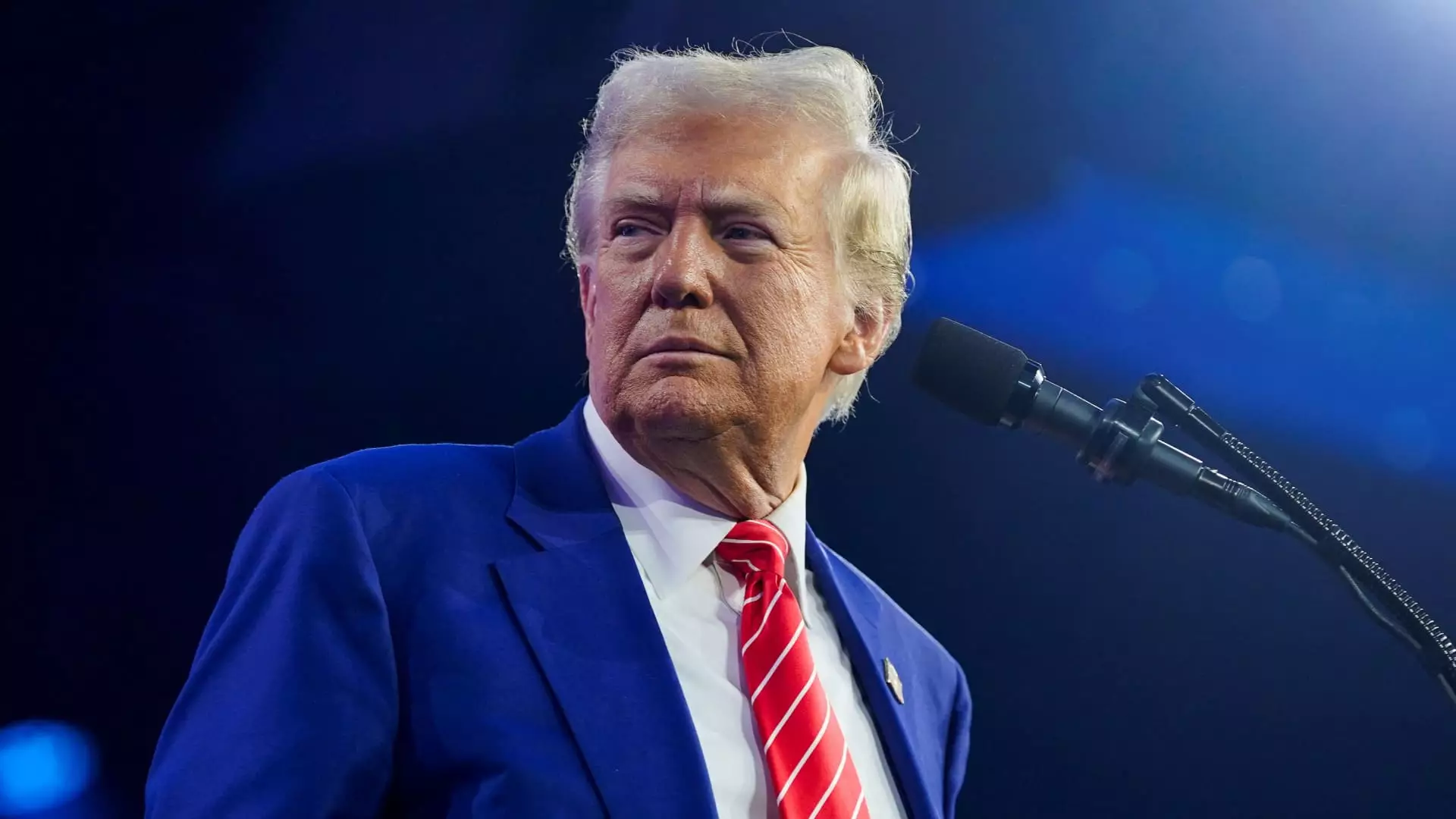The impending second term of President-elect Donald Trump marks a notable transformation in the relationship between his administration and the tech industry. With a series of high-profile appointments, Trump is deliberately weaving key figures from Silicon Valley into the fabric of government. This pivot is set against a backdrop of a tech sector that, historically, has been skeptical of the presidency, especially during Trump’s initial time in office.
One of the most significant appointments comes from Scott Kupor, managing partner at Andreessen Horowitz, who is nominated to lead the Office of Personnel Management. This position is crucial as it oversees recruitment and resource allocation for government employees, a role that requires an understanding of the intersection between technology and public administration. Kupor’s appointment signals Trump’s intention to utilize tech-savvy resources to modernize and streamline government operations.
In another noteworthy move, Sriram Krishnan, a veteran of tech giants such as Microsoft and Meta, has been named senior policy advisor for artificial intelligence at the Office of Science and Technology Policy. His extensive background in the tech arena, combined with direct experience working under Elon Musk during the tumultuous acquisition of the social media platform X, positions him uniquely to influence AI policy in the government. Given the rapid evolution of AI technologies, Krishnan’s insights may prove essential in shaping national strategies for innovation and regulation.
Musk’s influence in shaping Trump’s technology agenda cannot be overstated. His role as a key advisor brings a blend of entrepreneurial vision and disruptive thinking, elements that Trump has shown considerable enthusiasm for during his campaign and beyond. Yet, this relationship raises questions regarding the level of control and influence one individual can exert over government policy. As Musk leads diverse enterprises, from electric vehicles at Tesla to space exploration with SpaceX, his involvement in policymaking could have direct implications on competition and innovation within the American tech landscape.
Unlike Trump’s first term, marked by a tenuous and often adversarial relationship with technology leaders, the current wave of appointments has sparked a surge of support from Silicon Valley. Several tech executives, including David Marcus, ex-Meta executive, have publicly lauded the appointments, calling them “remarkable picks.” This enthusiasm is indicative of a shift in strategy among tech leaders, who are increasingly willing to engage with Trump rather than challenge him.
This newfound alliance is further underscored by financial support—tech giants like Amazon, Meta, and OpenAI have pledged substantial donations to Trump’s inaugural committee, a striking contrast from previous years when many tech firms were publicly critical of the administration. The sentiment appears to favor a pragmatic approach: embracing the administration for the potential it offers in fostering a conducive environment for innovation and economic growth.
Despite the excitement surrounding these appointments, the integration of tech heavyweights into government roles is not without its challenges. The complexities of balancing public interest with the personal interests of influential tech leaders are pronounced, and scrutiny from various stakeholders—including foreign leaders, domestic critics, and rival companies—will intensify. With the government working alongside some of the most powerful figures in modern technology, Americans could rightfully ponder how policy decisions may align with the profit motives of these private enterprises.
Moreover, the regulatory environment surrounding technology is rapidly evolving, particularly concerning data protection and ethical governance in AI development. How Trump’s administration navigates these challenges while maintaining transparency and accountability will be critical to sustaining a constructive relationship with constituents who may distrust an administration seen as heavily influenced by corporate interests.
The infusion of Silicon Valley talent into Trump’s administration illustrates a significant shift in the dynamic between government and technology. While this potentially ushers in a new era of governance characterized by increased efficiency and innovation, the implications of such partnerships warrant careful scrutiny. As these tech leaders step into their respective roles, the eyes of the nation will be focused on how they balance their industry roots with the responsibilities of leadership in public service.

